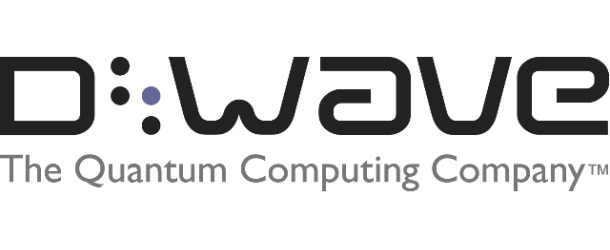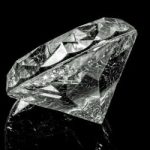D-Wave opens up to logic gate-model quantum computing

(VentureBeat) D-Wave recently disclosed its roadmap for work on logic gate-model quantum computing systems.
See IQT-News: D-Wave Embraces Gate-Based Quantum Computing
VentureBeat’s John Vaughn recently discussed D-Wave’s embrace of gates, calling it “notable”. IQT-News summarizes the discussion below.
To date, the company focuses solely on quantum annealing processors. Using this probabilistic approach, it has achieved superconducting qubit processor counts that it claims outpaces most others. Its latest Advantage system boasts 5,000 qubits. That’s well ahead of the 127-qubit device IBM reported in November.
There is an important caveat, as followers of the quantum business know. D-Wave’s annealing qubits don’t have the general quantum qualities that competitive quantum gate-model systems have, and the degree of processing speed-up they provide has been questioned.
The company has a leg-up with its experience compared to most competitors, having fabricated and programmed superconducting parts since at least 2011.
For that matter, the gate-model quantum computing crew’s benchmarks have come under attack, too, and its battles with scaling and quantum error (or “noise”) correction have spawned the term “noisy intermediate-scale quantum” (or “NISQ”) to describe the present era, where users have to begin to do what they can with whatever working qubits they have.
While it will continue to work on its annealing-specific quantum variety, D-Wave has joined a gate-model quantum competition where there appears plenty of room for growth



















